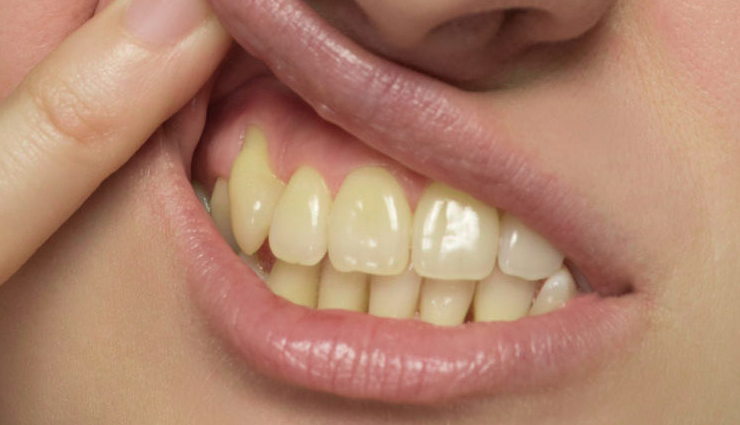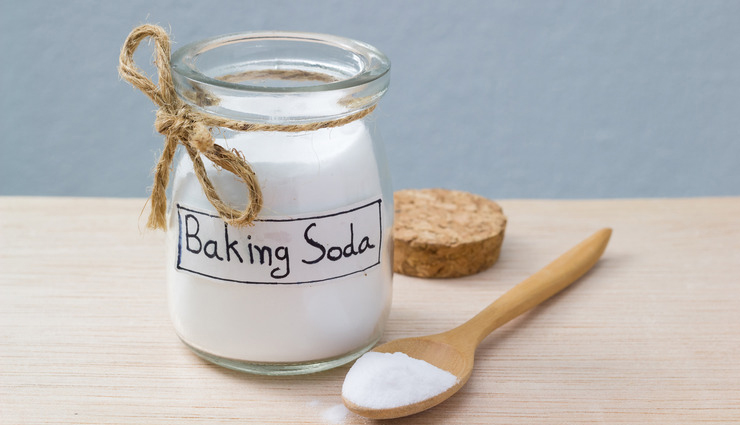7 Natural Ways To Whiten Teeth at Home

The natural color of teeth varies among individuals, and factors like genetics play a role in determining tooth color. Over time, teeth may become discolored or stained due to the accumulation of surface stains or changes in the tooth's internal structure. Common external factors contributing to tooth discoloration include the consumption of coffee, tea, red wine, and tobacco, as well as exposure to certain medications.
Teeth whitening can be achieved through various methods, including professional dental treatments performed by a dentist or at-home solutions using over-the-counter products. Professional teeth whitening typically involves the use of stronger bleaching agents and may be performed in a dental office. On the other hand, at-home whitening options often include whitening toothpaste, strips, gels, and trays that are designed for self-application.
It's essential to note that teeth whitening may not be suitable for everyone, and consulting with a dentist before undergoing any whitening procedure is advisable. Additionally, the results of teeth whitening can vary, and maintaining good oral hygiene practices and avoiding substances that contribute to staining can help prolong the effects of the treatment.
Ultimately, whitening teeth can enhance an individual's self-confidence and contribute to a brighter, more radiant smile. However, it's crucial to approach teeth whitening with realistic expectations and to choose a method that aligns with individual needs and preferences while prioritizing oral health.

- Create a paste by mixing baking soda with a small amount of water.
- Gently brush your teeth with the paste, and then rinse thoroughly.
- Baking soda is mildly abrasive and may help remove surface stains.
- Brushing with activated charcoal powder is believed by some to help absorb stains and toxins.
- Use it cautiously, as it can be abrasive and may lead to enamel erosion if used too frequently.
- Swish a tablespoon of coconut oil or sesame oil in your mouth for about 15-20 minutes.
- Spit the oil into a trash can (avoid spitting it into the sink to prevent clogging) and then brush your teeth.
- Oil pulling is thought to help remove bacteria and toxins that contribute to tooth discoloration.
- Mash up strawberries and mix with a small amount of baking soda to create a paste.
- Gently brush your teeth with the mixture and then rinse thoroughly.
- Strawberries contain malic acid, which may help lighten stains.
- Use a mixture of hydrogen peroxide and water (equal parts) as a mouthwash.
- Be cautious not to swallow the solution, and don't use it too frequently to avoid irritation.
- Use it as a mouthwash or mix a small amount with baking soda to create a paste.
- Be cautious, as apple cider vinegar is acidic and may erode tooth enamel if used excessively.
Chewing on crunchy fruits and vegetables like apples, carrots, and celery can help remove surface stains.